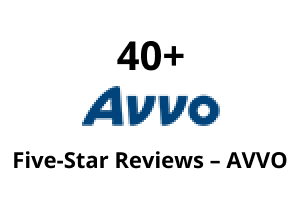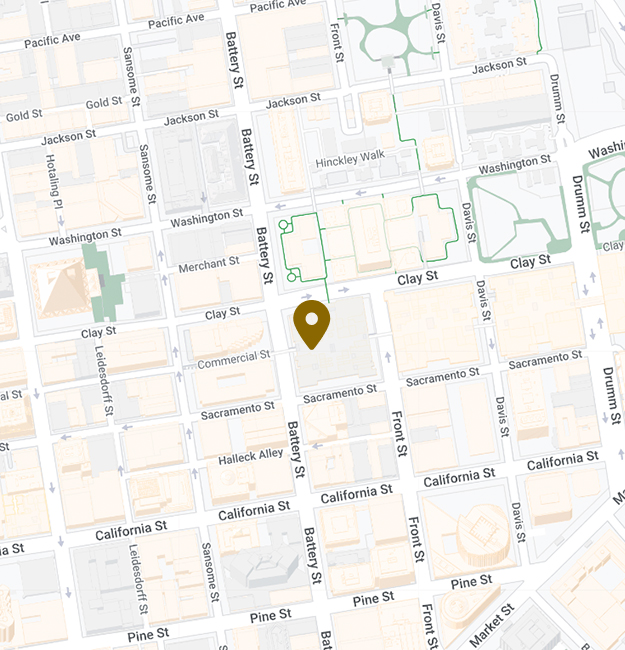- Free Consultation: (415) 727-1832
Steps After Work Injury

Experiencing a work injury can be a traumatic experience, with repercussions that extend beyond physical pain to encompass administrative complexities. California, known for its stringent workplace safety regulations, mandates a thorough understanding of the procedures involved in recording and processing work-related incidents. Let’s delve deeper into the key steps and considerations that individuals and employers must take into account when addressing workplace injuries.
Documentation After Work Injury
After a work injury in California, the initial and most critical step is the meticulous documentation of the incident. Employers are required to utilize the Cal/OSHA Form 300 or its equivalent to record all work-related injuries. These criteria encompass instances involving loss of consciousness, restricted work activity, job transfer, days away from work, or medical treatment beyond first aid. However, amidst the imperative to document, it is equally essential to respect privacy concerns. Certain details may need to be omitted to safeguard the identity of the affected employees. This ensures compliance with privacy regulations while maintaining the integrity of the documentation process.
Recording: Clarifying Responsibility without Implication
It is crucial to dispel the misconception that recording a work-related injury, illness, or fatality automatically assigns fault or indicates a violation of Cal/OSHA regulations. The act of recording serves primarily as a factual account of the incident for regulatory and statistical purposes. It does not inherently determine fault or entitlement to workers’ compensation benefits. Instead, it establishes a transparent record of events, facilitating subsequent investigations and ensuring accountability within the workplace.
Understanding Work Injury Claims
A work injury can lead to various types of claims, each carrying distinct implications for both the injured employee and the employer. A medical-only claim may entail medical treatment beyond first aid without resulting in compensable lost time. Conversely, an indemnity claim may lead to benefits such as vocational rehabilitation, contingent upon the severity and circumstances of the injury. By comprehensively understanding the nuances of different claim types, both parties can navigate the claims process with clarity and transparency, fostering a fair and equitable resolution.
Choice of Medical Provider After Work Injury
A pivotal aspect of managing work-related injuries in California revolves around the choice of medical provider. Unlike in some jurisdictions where employers may dictate the medical care provider, California law affords injured employees the autonomy to select their physician or treatment facility within a reasonable geographic area after 30 days from the injury report date. This provision is designed to ensure that employees receive medical care tailored to their individual needs and preferences, promoting a sense of empowerment and facilitating optimal recovery. By prioritizing the well-being and autonomy of the injured employee, employers can foster a supportive and conducive environment for rehabilitation and return to work.
Navigating Legal Disputes or Workers Compensation
Despite the clarity of regulations surrounding work-related injuries, legal disputes may occasionally arise, challenging the determination of fault or eligibility for statutory recovery. The case of Lefebvre v. Workers’ Comp. Appeals Bd. exemplifies the complexities inherent in such disputes and underscores the importance of legal clarity in their resolution. By engaging in transparent communication and adhering to established legal frameworks, both employers and employees can navigate potential disputes with fairness and clarity, ensuring equitable outcomes and upholding the principles of justice within the workplace.
In conclusion, navigating work injuries in California demands a comprehensive understanding of the procedural intricacies and legal nuances involved. By prioritizing meticulous documentation, clarifying responsibilities without implication, comprehending the nuances of different claim types, empowering the injured employee in the choice of medical provider, and navigating potential legal disputes with fairness and transparency, individuals and employers alike can navigate these challenges with confidence and integrity, fostering a safer and more supportive workplace environment for all.









